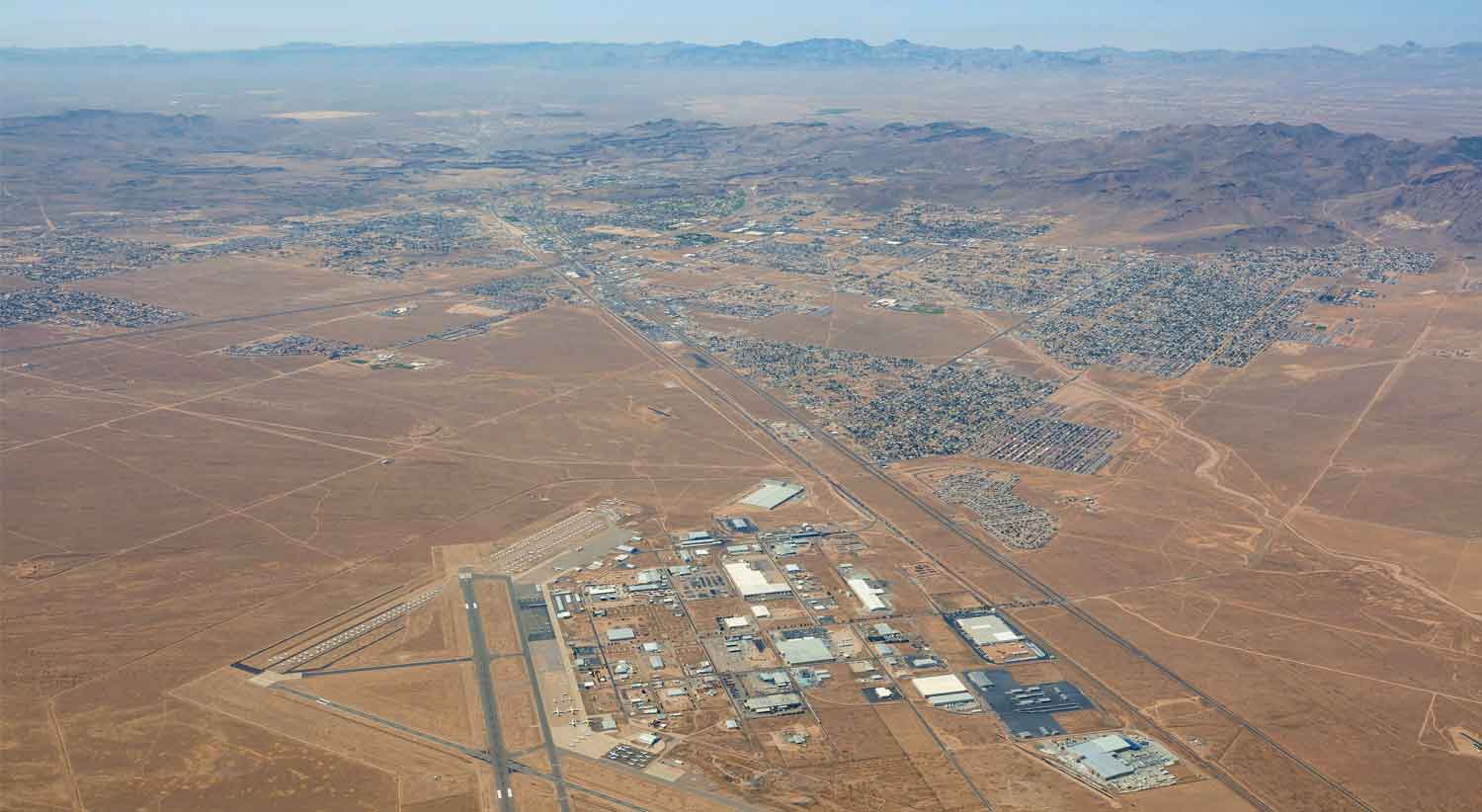Kingman Airport and Industrial Park
The Kingman Airport & Industrial Park is a proven location that has delivered success to companies needing a strategic location to operate in the Southwest. Businesses operating in the manufacturing, transportation, distribution or logistics industries have found many amenities advantageous to their business success. The Kingman Airport & Industrial Park brochure completely describes the advantages of locating your business there today.
Parties interested in purchasing or leasing properties within the Kingman Airport & Industrial Park can click here for more information.
Easy access to Western U.S and Mexico via:
- Onsite airport
- The Kingman Municipal Airport is a fundamental piece of the Kingman transportation network and serves many businesses operating throughout the Industrial Park.
BNSF rail-served properties, with short line provider on site
The Kingman Terminal Railroad operates over three track miles of track at the Kingman Industrial Park and serves the interchanges with Class I carrier BNSF. Currently, 14% of the Park tenants take advantage of rail monthly.
U.S. Interstate-40 and State Route 95
More than 40,000 vehicles pass by Kingman daily via these quality highways. The City of Kingman Public Works division maintains the city’s transportation system, ensuring the safe and efficient movement of people and goods. This 2018 Traffic County Summary provided by the City of Kingman Public Works Department highlights the excellent commercial activity at the Park.
Financial incentives delivered via:
- Presence within an Opportunity Zone Investment Area
- Quality Jobs tax credit program
- Quality Facilities Tax Credits
High capacity utilities
- The Park has excellent and highly affordable utility infrastructure compared to most locations throughout the U.S. Southwest. Review the Utility Cost Comparison sheet here.
- Unisource recently upgraded the capacity of the Kingman Industrial Park Substation, increasing the current capacity from 22.4 MVA to 80 MVA. It includes state-of-the-art equipment, components and increased reliability and monitoring capabilities. The capacity increases are necessary to accommodate the growth of the existing industry and the assumption of adding new businesses to future developments.

